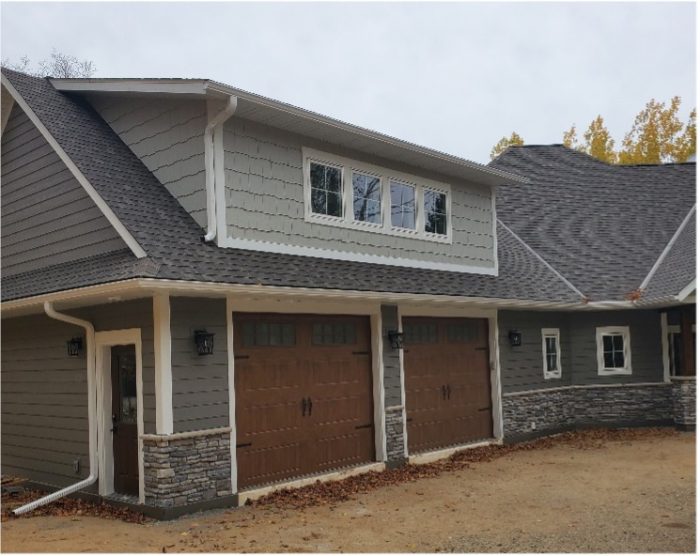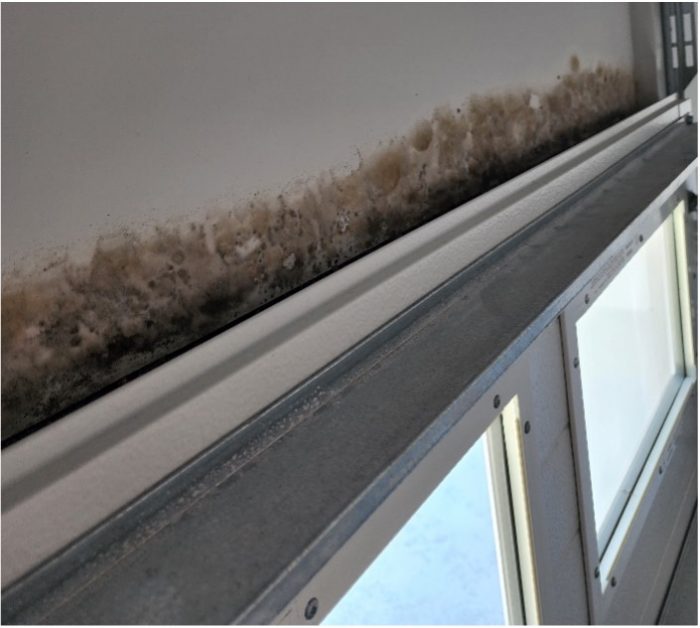
According to the IRC, a garage is an accessory building when detached from a dwelling, and outside the conditioned envelope when attached. Garages don’t fall under the same energy code requirements as dwellings. That said, it’s common in cold climates for both attached and detached garages to have some sort of heat source. If you are going through the trouble and expense of conditioning a garage, it’s wise to think about its energy efficiency in terms of both insulation and air-sealing.
One of the biggest challenges for air-sealing a garage lies with overhead doors, which rely solely on gaskets to create an airtight assembly. Conventionally, a vinyl seal fastened to the exterior of the door frame and head has served as the air and water barrier, which is in direct contact with the overhead door when the door is closed. If the door has been properly adjusted and the seal has been installed in the right position, this works—to some degree—to limit air movement around the door. The problem is the door is not always adjusted correctly or has moved out of adjustment over time, as it rotates up and down. (I’ve also seen cases where rodents have eaten through the bottom of the vinyl seal to gain access to the garage.)
 https://images.greenbuildingadvisor.com/app/uploads/2023/06/27174217/Mold-on-garage-door.jpg 705w" alt="mold on garage door" width="700" height="628" />
https://images.greenbuildingadvisor.com/app/uploads/2023/06/27174217/Mold-on-garage-door.jpg 705w" alt="mold on garage door" width="700" height="628" />
In cold climates, it’s not uncommon to see damage caused by air leakage around the overhead door, especially at the top. The photo above shows mold growth in that area. This garage has an exhaust fan that operates when a certain humidity level is reached, or if an elevated level of carbon monoxide is detected. It is an exhaust-only ventilation strategy, so the space around the overhead door becomes the makeup air source. During the heating season, the surfaces around the door…
Replies